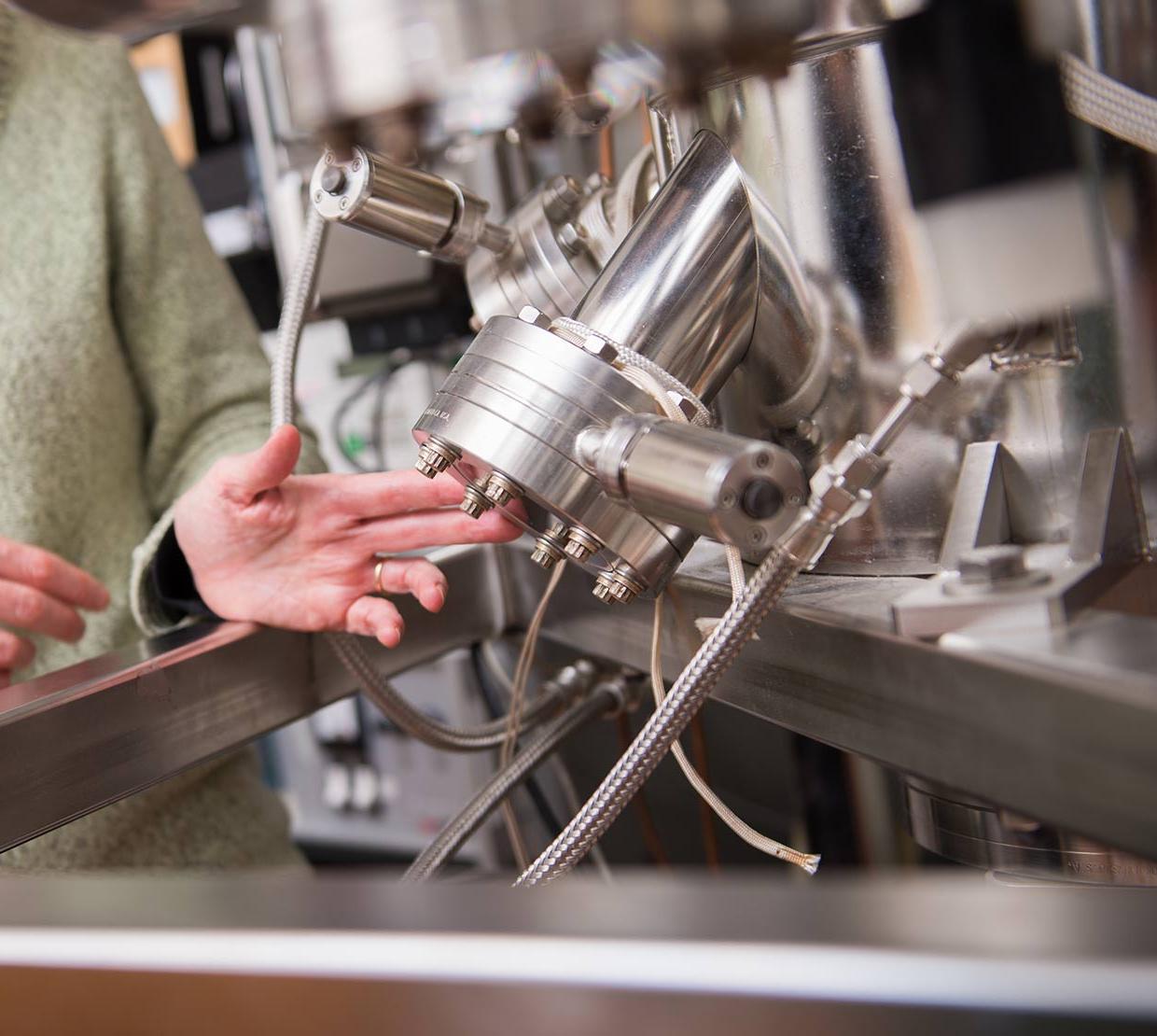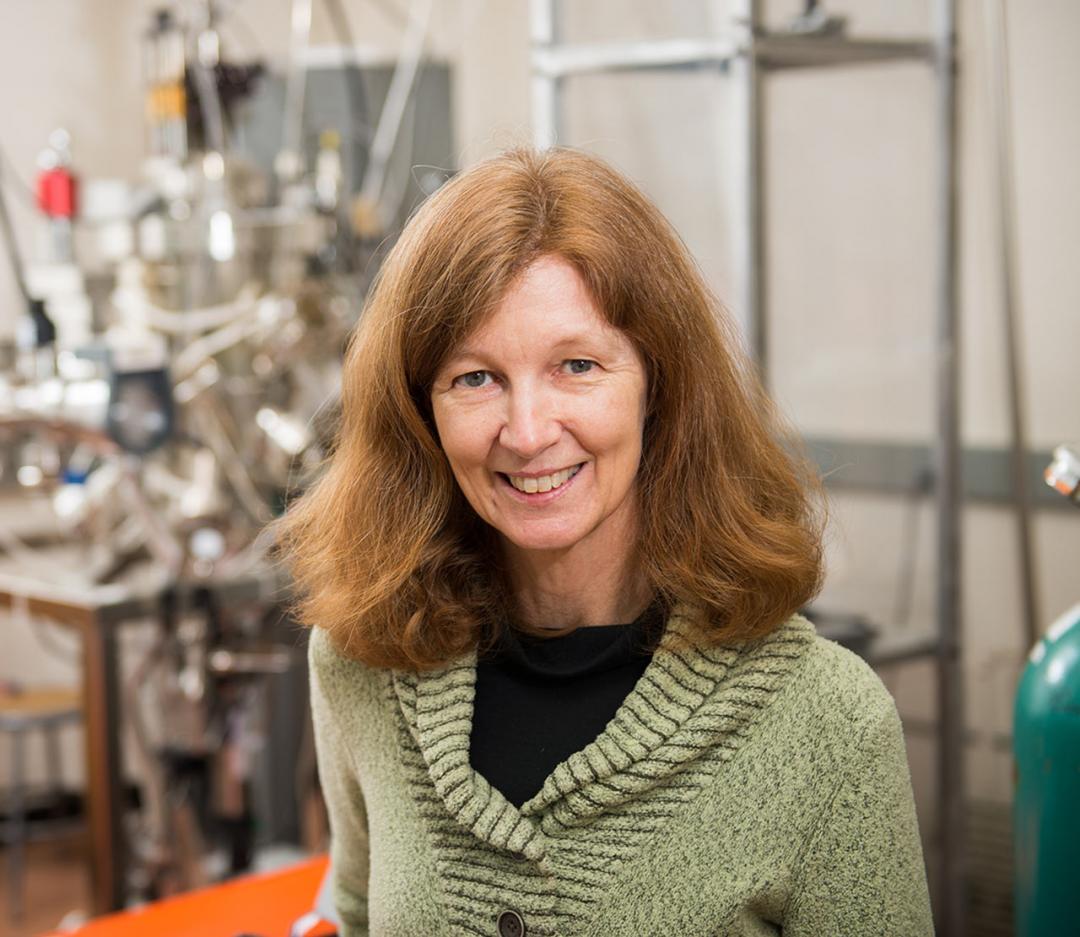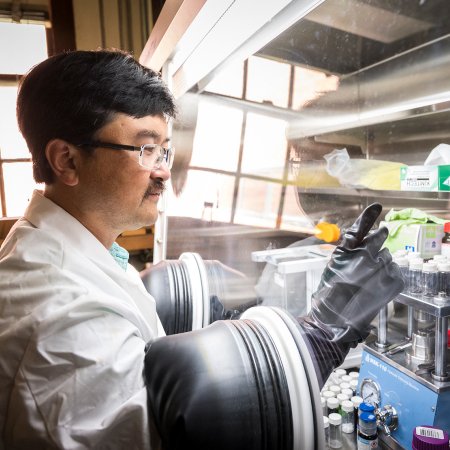New research into the largely unstudied area of heterostructural alloys could lead to greater materials control and in turn better semiconductors, advances in nanotechnology for pharmaceuticals and improved metallic glasses for industrial applications. The study was co-authored by physicist Janet Tate.

New research into heterostructural alloys

Janet Tate, professor in physics
Heterostructural alloys are blends of compounds made from materials that don’t share the same atom arrangement. Conventional alloys are isostructural, meaning the compounds they consist of, known as the end members, have the same crystal structure.
“Alloys are all around us,” said Tate. “An example of an isostructural alloy is an LED; you have a semiconductor like aluminum gallium arsenide, dope it with a particular material and make it emit light, and change the color of the light by changing the relative concentration of aluminum and gallium.”



